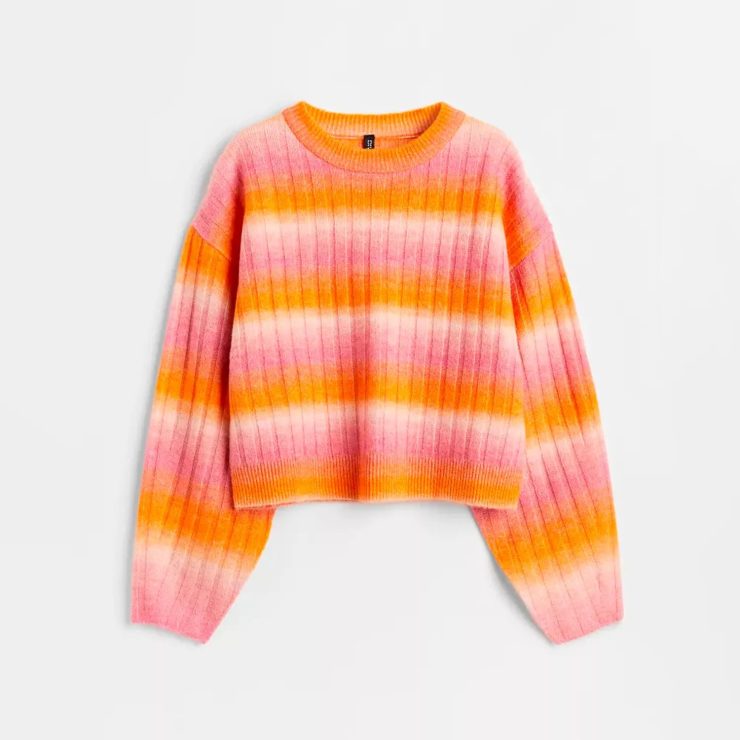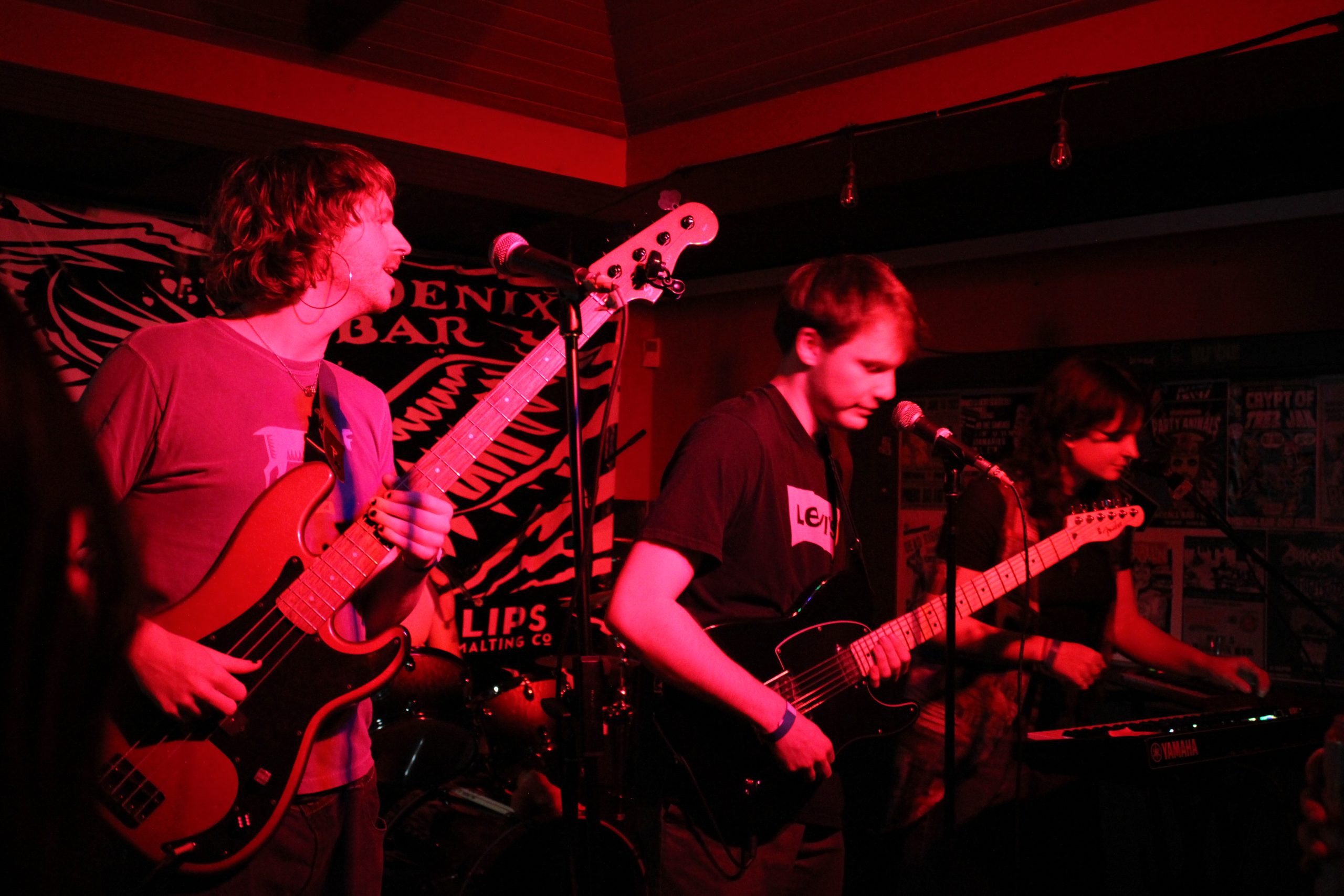Want to serve gay vibes with your outfits this spring semester? Dust off your carabiners and learn to flag yourself as queer

Photo by spphicism via X.
UVic’s fashion scene is strong, so it takes more than “good style” to be clocked as LGBTQ+ in the wild. While there is no gay uniform, some people leave clues to their identity in their outfits to “flag” themselves as queer for other members of the community. If this sounds interesting to you, keep reading for five ideas to give your outfits some zest.
Perform a gender
Sex and gender are intertwined ideas, so it’s common to view clothes that “perform” gender in some way as queer. This includes gender-bending with clothes that don’t stereotypically match your assigned gender, like butch lesbians, feminine gay men, or nonbinary people might do. It also means hyper-performing your assigned gender, the way hyper-feminine sapphic women or gay “bears” might.
Commit to an aesthetic
Many fashion subcultures indicate queerness because they originated in queer spaces where people realized they could present in ways that didn’t fit into social norms. If you already have a strong personal style you can develop that, but otherwise choosing a known “aesthetic” such as punk, boho, emo, eclectic, grunge, vintage, or cottage core can read as gay. I would vote that, in Victoria, “granola” outdoor fashion is included. Since it’s so common here to dress in blundstones and hiking gear, one might perform crunchiness by intensely committing to the style.
Wear queer symbols
If you’re avoiding big style changes, wearing queer symbols can be a subtle solution. For sapphic women, this could be lavender, violets, nautical stars, or the double venus. Gay men use green carnations, pink triangles, or the double mars. There is a specific symbol combining the venus and mars symbols for transgender people. Nonbinary or agender people sometimes use the mathematical “null” symbol, and asexual people wear ace playing cards. A pink and a blue triangle overlapping is an official bisexual symbol. These symbols come on all types of clothing and accessories, so you can control how obvious they appear.
Literal flagging
Pride flag colours can be loud, but there are ways to still wear a standard outfit while incorporating them. Wear-once pride parade accessories are different from everyday queer accessories that can be worn with casual outfits. I find Etsy is a great place to look for accessories with flag colours presented in a balanced way.
Wearing rainbow can feel intense for some, so try wearing a more subtle rainbow image rather than rainbow as a colour palette. There are tons of clothes with small, simple rainbow decals that are muted and won’t draw too much attention. Another idea is wearing clothes with disguised pride flag colours, like the famed “lesbian sweater” from H&M.
Classic flagging
If you’d rather internet culture avoided your closet, you could put a spin on classic flagging techniques such as carabiners or a hanky in your back pocket. Lesbians have worn carabiners on their belt loops as a queer signal since the ’30s, and the placement clarifies the wearer’s role in relationships (right side for bottoms, left side for tops).
The “hanky code” was created as a similar technique for gay men, with complicated rules to what different colours and placements mean. It’s a good idea to research to ensure you find the configuration that represents you best, but this is also a clear marker of queer identity.
While I hope these tips enlightened some, looking gay is not the be-all-end-all of anyone’s identity, and there is no pressure to conform to a style in order to be accepted. The word “queer” in a political sense inherently rejects norms, so the best solution is to dress however you like!








